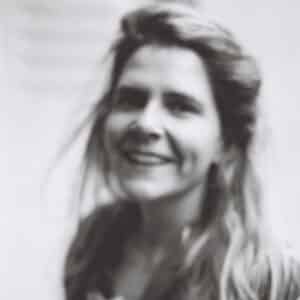Vivian Maier, Chicago, 1970s © The Estate of Vivian Maier. Courtesy Collection John Maloof
Vivian Maier is the story of an autodidact: an unknown photographer who, unbeknownst to her, becomes a global phenomenon, and yet remains impossible to track e...



